AFTER 10 months with no breakthrough, police investigating the horrific discovery of a burning headless torso on the side of a rural Queensland road finally got a break. Kate Kyriacou reveals the “unorthodox” methods used to solve George Gerbic’s murder.
THEY’D tried knocking at George Gerbic’s Tanawha home – a sprawling place of manicured gardens, swimming pool and thatched Bali hut – a few times before a blonde woman opened the door.
It had been months working through a list of thousands of names, trudging up driveways, knocking doors.
Detective Senior Constable Brett Long showed his badge and asked after Mr Gerbic.
Lindy Williams, a manicured bleach-blonde in her late 50s, kept her composure and replied that he wasn’t home.
She’d seemed a little surprised to see them, but no more than anyone else they’d visited since finding a man’s torso, on fire, on the side of a rural road.
Williams explained that her partner was overseas, watching the World Cup.
It wasn’t until later they realised their long search might be over. George Gerbic was not overseas.
On Saturday night, Detective Inspector Damien Hansen, head of homicide, answered a call to his mobile.
“We think we’ve knocked on the right door,” a voice said.
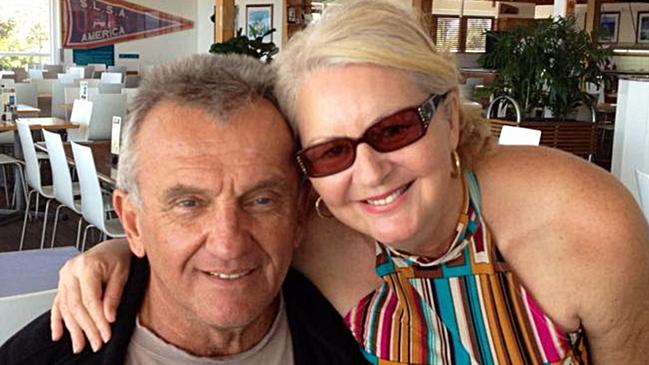
On the evening of September 19, 2013, cars driving along Cedar Pocket Rd east of Gympie passed a small grass fire on the verge.
A couple of people called it in and a crew from the Rural Fire Service arrived to put it out. Soon they discovered the source of the blaze.
Someone had set what was left of a body alight. Police arrived to find a man’s torso. The head had been removed. As had the hands, a little above the wrists.
The legs and lower abdomen had been cut away, leaving a T-shirt-clad torso, badly burnt, weighing about 22kg. Witnesses came forward to say they’d spotted a blonde woman in a bronze-coloured hatchback parked on the side of the road.
And so Operation Lima Sea began, a collaboration of detectives from homicide and Gympie. It would turn into one of the best investigations Det Insp Hansen has seen unfold.
They began by trying to match DNA from the torso with the database. Blood was taken. Information began filtering in about organised crime networks, outlaw motorcycle gangs and drug syndicates. Missing persons’ files were checked. Nothing fit. There was no DNA match.
“We did, throughout the investigation, have the bikie side, the drug side, organised crime, (people) saying it’s a hit,” Det Insp Hansen said.
“I was confident it wasn’t. If you’re going to do a hit, you want to make a statement to your rivals. And again, if it was … a drug or a criminal network doing it, would they have had a blonde lady in a little hatchback in daylight hours, or nearing dusk, dumping a body in such a sloppy way?”
They’d expected a match with a missing persons report and when they didn’t get one, detectives working the case realised they’d need to be more inventive.
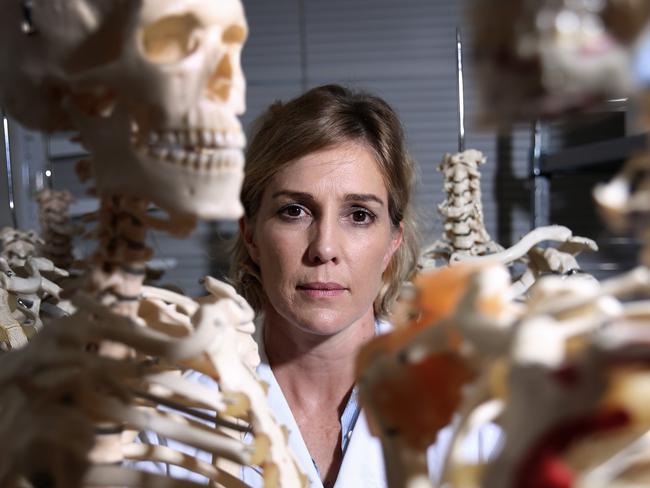
Forensic anthropologist Donna MacGregor had little to work with, but she told police she’d be able to give them a good indication of the man’s age by examining one of his ribs. And she did something rarely done – used the only remaining long bone in the victim’s body to give an estimation of height.
While leg bones are usually measured to calculate height, Ms MacGregor only had access to bones from the upper arm.
Homicide Detective Sergeant Jon Birt said they had to use an “unorthodox” method of accessing a rib without damaging the surface.
“(Ms MacGregor) was concerned if she (stripped the bone manually) she might actually damage the rib, which could obviously affect the age range that she’s given,” he said.
“Which is why she went down the road of using these beetles.”
Ms MacGregor and the team were able to source a collection of dermestid beetles, flesh-eating insects from North Queensland.
“We always kept an open mind but it really allowed us to direct our efforts to a more accurate age range,” Det Sgt Birt said.

Police asked for information on a missing man, aged 25 to 50, with a height of 180cm to 190cm.
They revealed he had two small scars on his right upper arm and one on his left upper arm, possibly vaccination marks.
This was fairly uncommon for someone born in Australia and could indicate their victim was born overseas.
And importantly, examination of the man’s blood revealed he had a number of medications in his system.
There was irbesartan for high blood pressure; quinine, found in antimalarial drugs or to treat restless leg syndrome; diazepam (valium); and doxylamine, found in antihistamines, cold and flu tablets or used as a sleeping tablet. Police gathered a list of anyone who had hired a car in the Gympie or Sunshine Coast area at the relevant time.
“They just tried everything,” Det Insp Hansen said. “They say with a homicide, that first 24 hours is the most important. Well, it took 10 months to even identify him. We had no crime scene, we had nothing. But motivation levels, they were unbelievable. They wouldn’t take no for an answer, they just kept trying new ideas.”

At one point, they looked into whether they could scientifically determine if the torso had been refrigerated for a time.
Perhaps September 19, the day of the fire, was not the date they should have been focusing on.
They looked into the emerging research into lead polonium and radioactive decay measurements in a body that has spent time in cold storage.
But then, months in, Homicide Detective Sergeant Dario Goriup walked in to the office of Det Insp Hansen. He had an idea.
Perhaps, he said, they could get a list of every person in Australia who had been prescribed those same medications. They could focus on those who hadn’t collected recent scripts. Then, one by one, they could visit these people to make sure they were alive and well.
“I told him to get out,” Det Insp Hansen joked. But he gave him the go-ahead.
The medications were extremely common; quinine could be found in the body of someone who drank a lot of tonic water. Det Sgt Goriup said investigators sought assistance from the Office of the State Coroner in approaching the Pharmacy Guild of Australia.
The list that came back was enormous. Australia-wide, they were looking at tens of thousands of names.
“OK, that’s a lot of people,” Det Sgt Goriup said. “And you have to go and physically check the wellbeing of each and every one of them. It was daunting, it really was, in terms of the numbers.”
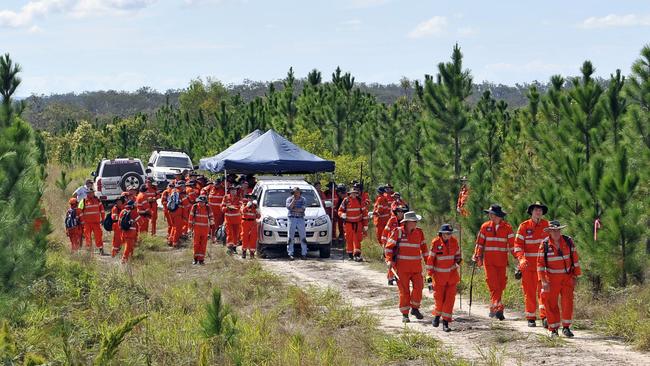
From a starting point of Gympie, detectives would knock on thousands of doors over a period of several months. Some of those visits were done in other parts of Queensland — and even interstate — if a particular name brought up certain flags.
And then, on April 10, a forestry worker found a human skull in the Toolara State Forest, not far from Gympie.
“Obviously a skull would be fantastic,” Det Sgt Goriup said.
“We could look at facial reconstruction, maybe dental records. We’d thought, how many skulls could there possibly be out there? For four or five days — the time we spent searching for other remains — we were kind of pinning our hopes on it because at that stage we were very much treading water in relation to getting some forward momentum.”
But they soon had their answer — the skull belonged to another man, Shaun Barker, and three men would be convicted of his torture and murder.
Exhausted detectives continued on with their list of names.
They were nearly at the bottom of the Queensland list when Det Sgt Goriup paid another visit to the head of homicide.
“(He) came and saw me and said, look, we might have to start on NSW,” Det Insp Hansen said.
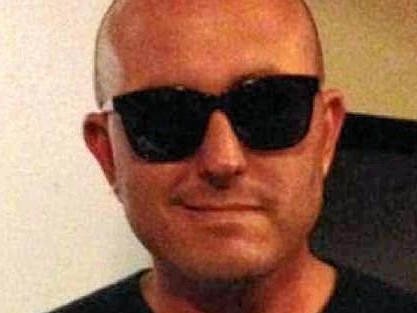
It had been an unending slog. Hours of driving from one home to the next. Out of the car, knock on the door, deliver the spiel, back in the car. Then they’d verify the information — make sure they’d been told the truth.
It was tough, and made tougher still without a name or face for the person they were fighting for. There was no grieving family driving them forward. Nothing personal to attach to the mammoth workload. They were attempting to solve a crime without the slightest clue who the victim was.
“I remember getting that call on the Saturday night. They said, ‘we’ve knocked on the right door. We think we know who it is’.”
A woman — Lindy Williams — had answered the door at the home of George Gerbic.
“We’d been there on a couple of occasions and weren’t able to raise anyone at the house,” Det Sen Const Long, who knocked on the door, said.
“She was a bit surprised with a visit from the police, I guess. There was just a regular amount of surprise, nothing that threw me straight away.”
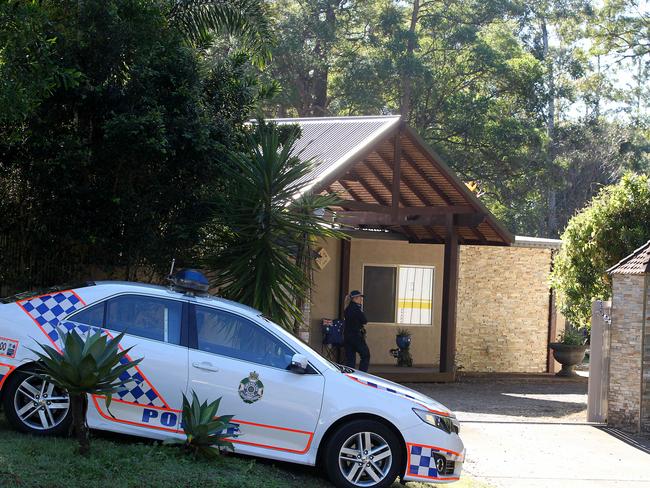
Williams told them her partner George was overseas. It wasn’t until police discovered Mr Gerbic hadn’t left the country since 2008 that they realised something was very wrong.
“After that we went to see the family and from talking to them for a while we thought, maybe we have got the right fellow, this could be our guy, and that’s why we asked them for their DNA samples,” Det Sen Const Long said.
“They were getting quite frantic, thinking the remains we’d found was their father.”
Again, police turned to the latest science, using a process called familial DNA to compare a sample from Mr Gerbic’s sons to the torso. It was a match.
The investigation moved quickly from there. The list of people who had hired cars at the time included Lindy Williams. She’d rented a bronze coloured hatchback.
Police discovered Williams had been keeping her partner “alive” — using his email accounts to stay in contact with his children, sending text messages pretending to be him. She’d even renewed his driver’s licence.
On July 17, 2014, Lindy Williams was charged with murder.
Det Insp Hansen said it was those months of knocking on doors that broke the difficult case.
“She could have got away with it,” he said.
“If she’d have kept him alive, and I’ve got no doubt she would have kept him alive for a long time, would he have ever been reported missing?
“If she hadn’t put the body where it was, if she had put the torso with the rest of his remains, we probably still wouldn’t know he was missing. There’d be no investigation.”
2013
Sep 5-7: George Gerbic is killed.
Sep 7: Lindy Williams leaves her Tanawha home on the Sunshine Coast by taxi to collect a hire car. She tells police Mr Gerbic is lying on the kitchen floor after slipping in her blood the night before, following an argument. Williams tells police she buys milk and dry biscuits and stays for three nights at a Coolum motel. Phone data later reveals she was in various locations around the Sunshine Coast until September 9. On the same day, the SIM card is removed from Mr Gerbic’s phone and put into a new phone.
Sep 8: Williams misses a flight to Sydney, booked one day earlier.
Sep 9: The actual date Williams checked in at the Coolum motel.
Sep 10: Williams claims she returns to the Tanawha property to find Mr Gerbic’s decapitated body wrapped in plastic in an ensuite bathroom.
Sep 11: Williams has a gash on her arm stitched at a doctor and flies to Sydney.
Sep 14: Williams sends an email from Mr Gerbic’s account to his sons Justin and Simon, saying that the pair have “gone on holiday” overseas and won’t be back until February.
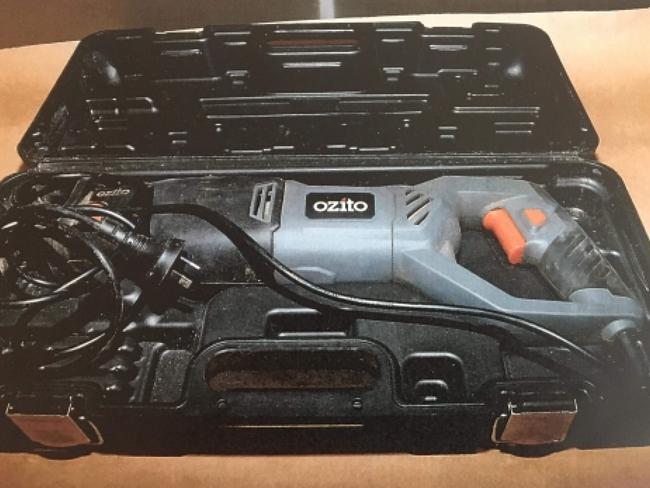
Sep 16: An electric saw is bought with cash from Bunnings Maroochydore.
Sep 17: Williams writes to the Coolum Football Club from Mr Gerbic’s email account and tells them he has resigned as president.
Sep 16-19: Mr Gerbic’s body is cut-up by Williams. His head, arms and legs are removed.
Sep 18: Williams attends her son’s birthday party.
Sep 19: Williams is seen near a skip bin in Maroochydore. (Days later an electric saw without a blade is left in a box outside a local business close to the bin. The saw contains Mr Gerbic’s DNA.) Mr Gerbic’s decapitated torso is found burning on the side of a road near Gympie.
Sep 20: A handyman collects a pile of stinking maggot-infested rubbish from Williams’ home.
Sep 22: Williams travels to Sydney.
Oct 11: Williams sends Simon Gerbic another email saying the pair are “leaving today” travelling to Cairns, Darwin, Asia and Europe.
Oct 12: Wiliams buys a $1706 “engagement” ring.

2014
Early Jan: Williams flies to Thailand to have cosmetic work done on her teeth.
Jan 28: A birthday email is sent to Simon Gerbic from Mr Gerbic’s account.
Jul 6: Police visit Williams’ home looking for Mr Gerbic.
Jul 17: Williams is arrested and charged with murder. She participates in a walk-though of the home where she details what she did with Mr Gerbic’s body.
2018
Jul 27: Williams is convicted of Mr Gerbic’s murder and interfering with his corpse.

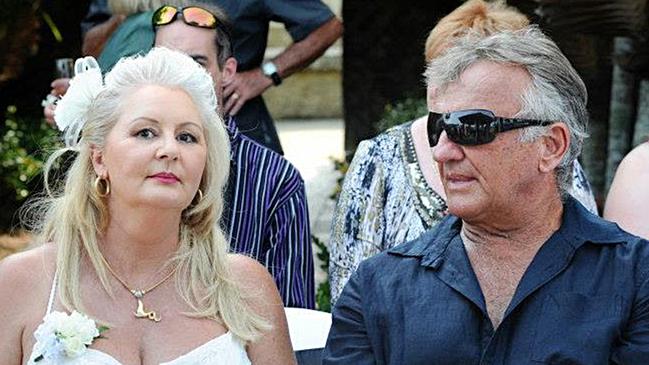
$500,000 offer: Mushroom murder spurs media frenzy
The estranged husband of triple murderer Erin Patterson has been inundated with lucrative media offers.
‘I miss being able to talk to them’: Tribute for slain Aussie brothers
A tribute has been unveiled where Australian brothers Jake and Callum Robinson and their American friend were murdered during a surf trip.